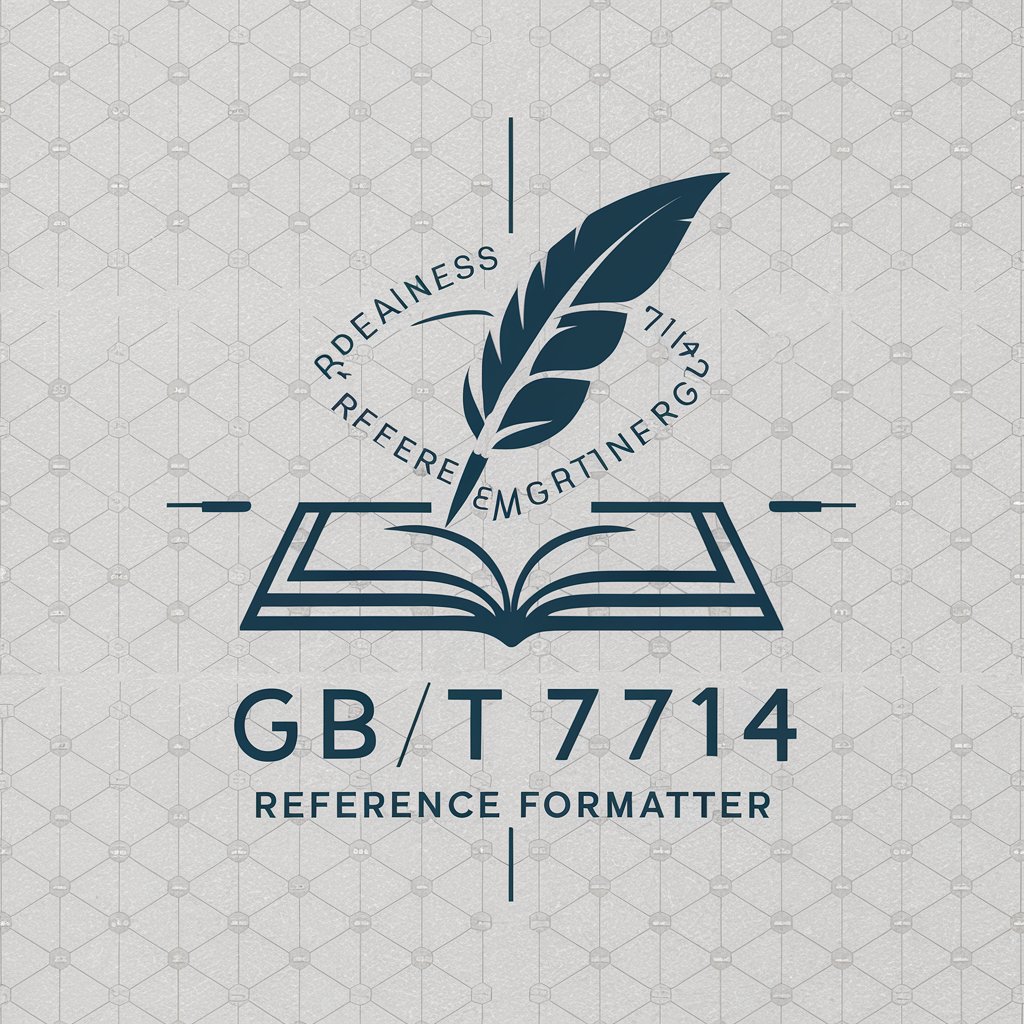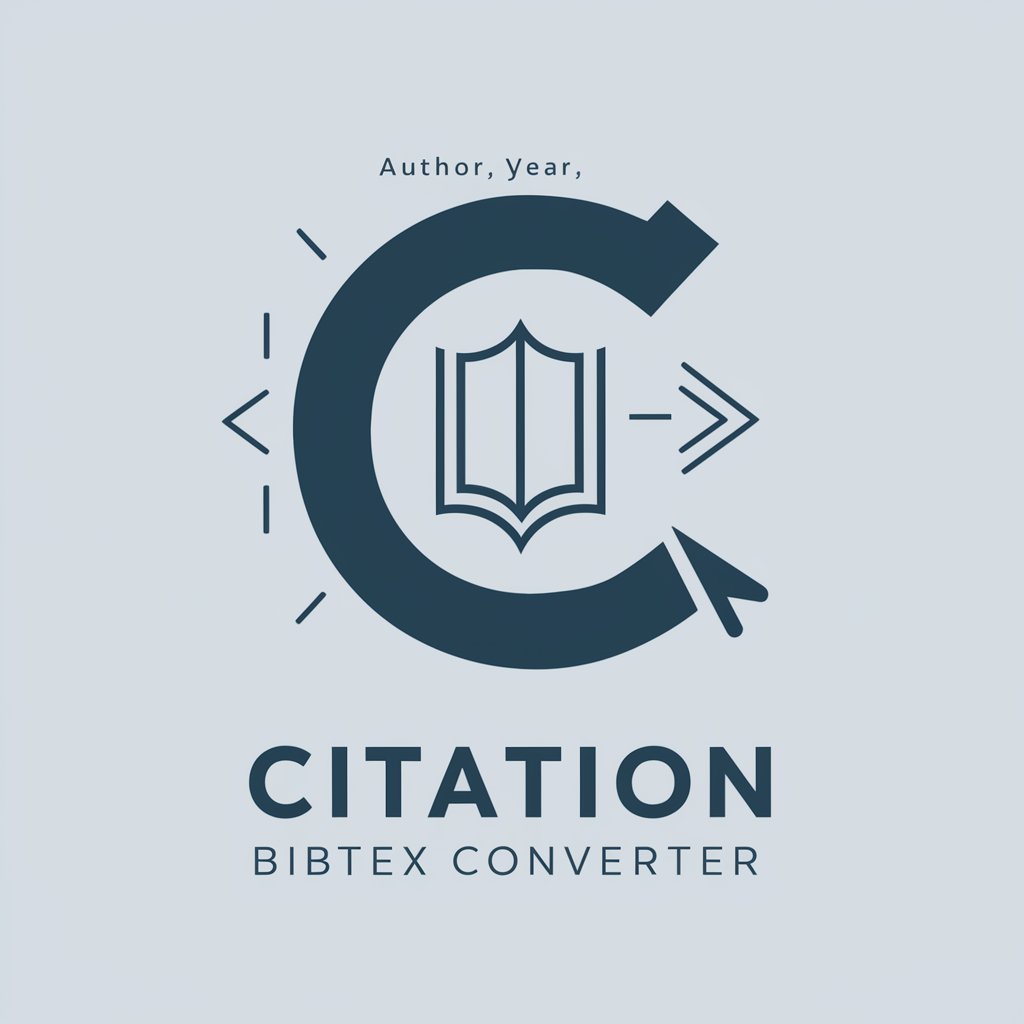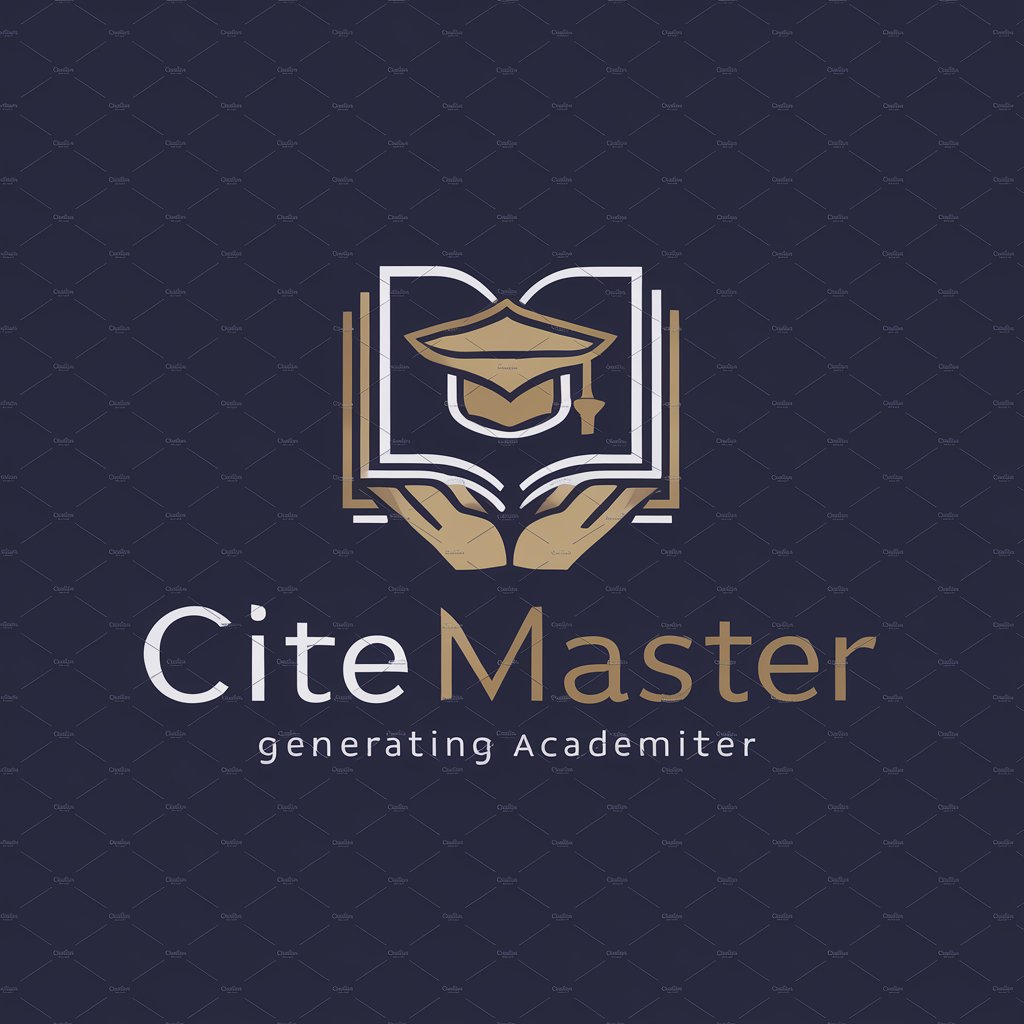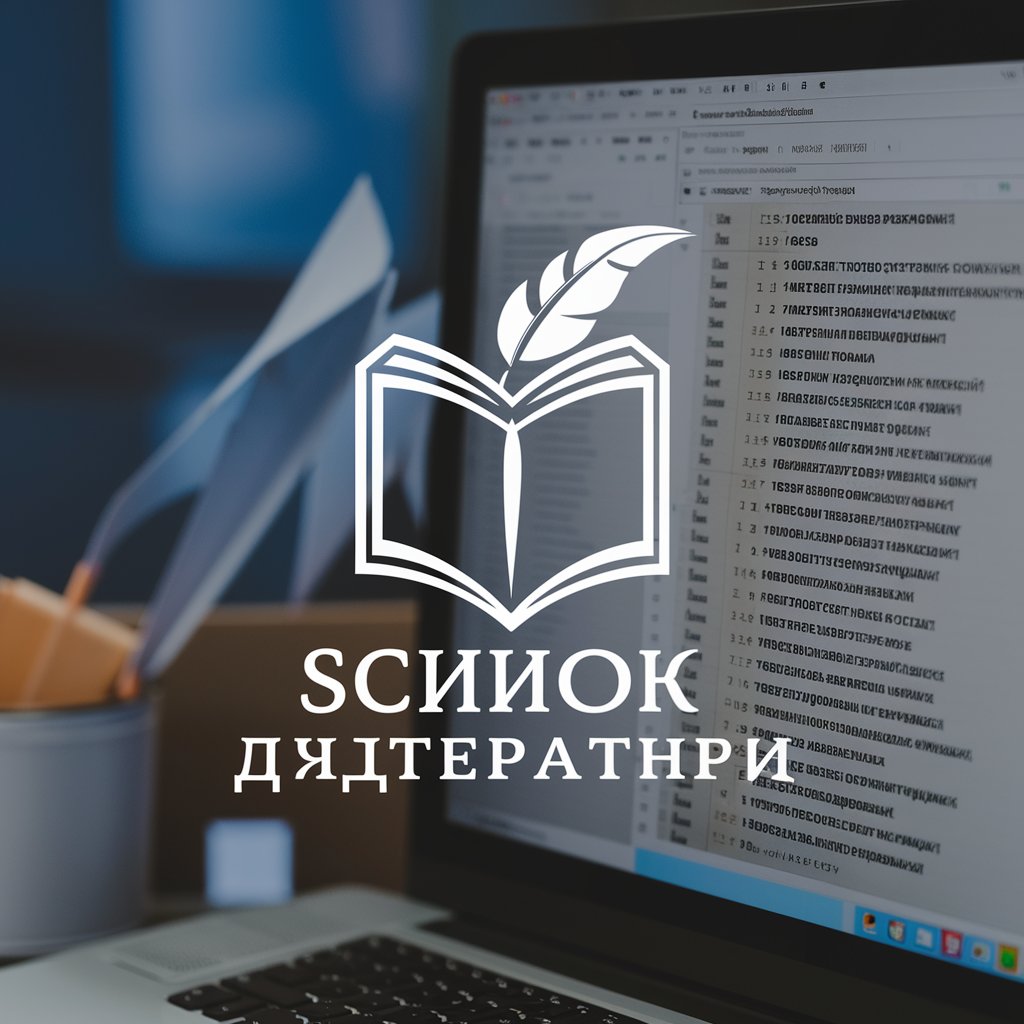
参考文献格式转换 - Reference Formatting for '地理研究'
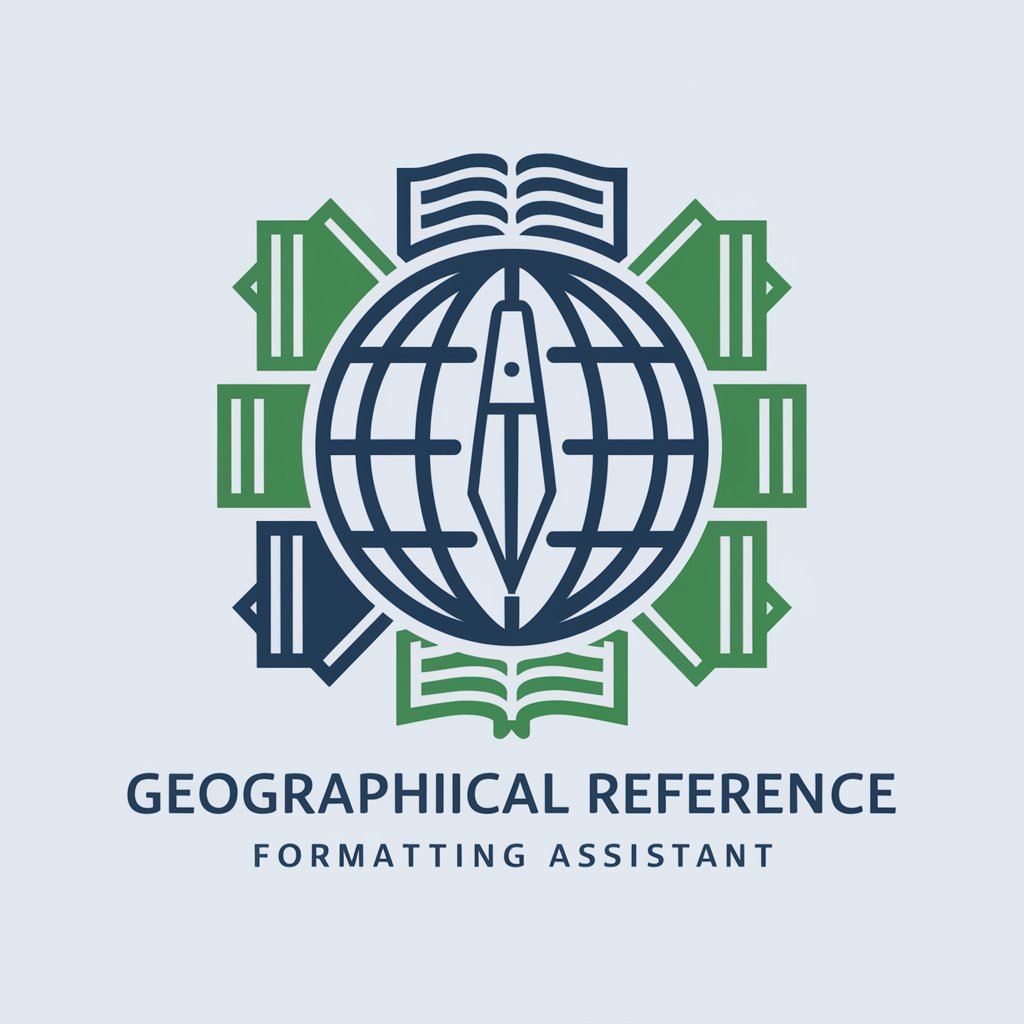
Hello! Let's format your references accurately and efficiently.
Streamline Your Academic Writing with AI-Powered Reference Formatting
Convert the following reference for 'Geographical Research' journal:
Format this Chinese reference to match 'Geographical Research' guidelines:
Translate and format this academic reference for 'Geographical Research':
Please provide the formatted reference for the given article:
Get Embed Code
Introduction to 参考文献格式转换
参考文献格式转换 is designed specifically for formatting references according to the guidelines of the 'Geographical Research' journal. This service primarily caters to the transformation of bibliographic citations from their original format into a standardized format acceptable by the journal, both for English and Chinese literature. For Chinese references, it begins with a search in Google Scholar to find official English titles and journal names. If unavailable, it translates the titles directly. The translation adheres to specific rules, including capitalization norms for names. For instance, a reference like '黄晓军, 黄馨, 崔彩兰, 等 . 社会脆弱性概念、分析框架与评价方法 . 地理科学进展, 2014, 33(11): 1512-1525.' is formatted as '[Huang Xiaojun, Huang Xin, Cui Cailan, et al. The concept, analytical framework and assessment method of social vulnerability. Progress in Geography, 2014, 33(11): 1512-1525.]', with an indication of the translation method and source at the end. Powered by ChatGPT-4o。

Main Functions of 参考文献格式转换
Google Scholar Search
Example
For the Chinese article '社会脆弱性概念、分析框架与评价方法', it searches Google Scholar to find the official English title and journal name.
Scenario
When processing a reference for 'Geographical Research' submissions, this function is utilized to ensure the use of official English terminology, enhancing the paper's credibility and comprehension.
Direct Translation
Example
If an official English title is not available on Google Scholar, it directly translates '黄晓军, 黄馨, 崔彩兰, 等. 地理科学进展, 2014, 33(11): 1512-1525.' to '[Huang Xiaojun, Huang Xin, Cui Cailan, et al. Progress in Geography, 2014, 33(11): 1512-1525.]'.
Scenario
This function is crucial for ensuring that all references, especially those not widely available in English, are properly formatted for the 'Geographical Research' journal.
Ideal Users of 参考文献格式转换 Services
Academic Researchers
Researchers preparing submissions for the 'Geographical Research' journal. They benefit by ensuring their references meet the specific format requirements of the journal, saving time and improving the submission's quality.
Graduate Students
Students working on their theses or dissertations that include geographic research. They use the service to format their bibliographies correctly, thereby adhering to academic standards and enhancing the professional presentation of their work.

How to Use 参考文献格式转换
Start without Login
Begin by visiting yeschat.ai to explore the tool's capabilities through a free trial, with no login or ChatGPT Plus subscription required.
Prepare References
Gather the list of references you intend to format for the '地理研究' journal. Ensure you have all necessary details, including author names, titles, and publication years.
Input References
Input your references into the tool. If they're in Chinese, the tool will search Google Scholar for official English translations or directly translate them.
Format Conversion
Review the converted references formatted according to the '地理研究' journal's standards. For Chinese references, the tool will provide English translations, noting the method and source of translation.
Finalize and Use
Finalize the formatting and incorporate the references into your manuscript for '地理研究'. The tool is designed for accuracy and efficiency, but always double-check for correctness.
Try other advanced and practical GPTs
文章转换思维导图小助手
Transform Text into Insightful Mind Maps with AI
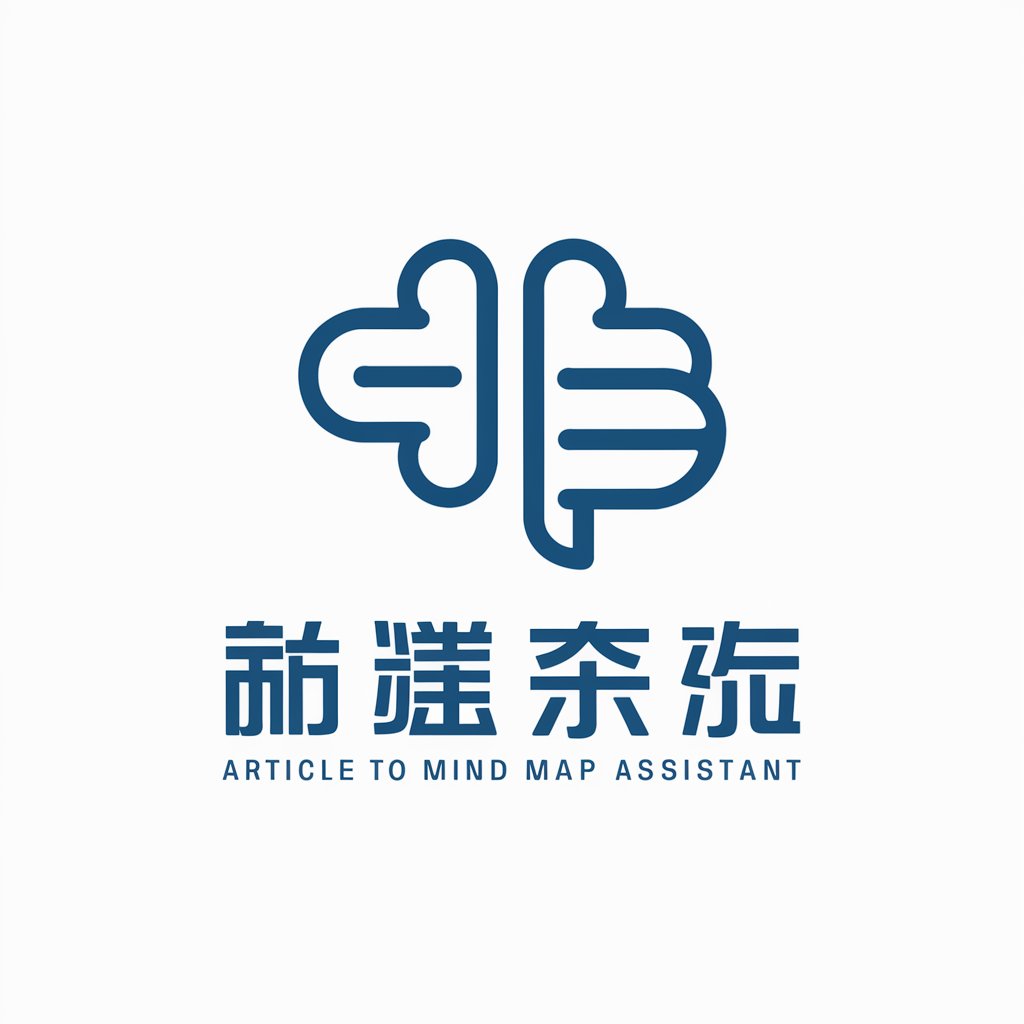
給忙碌人用的文章總結
AI-powered, Time-saving Summaries
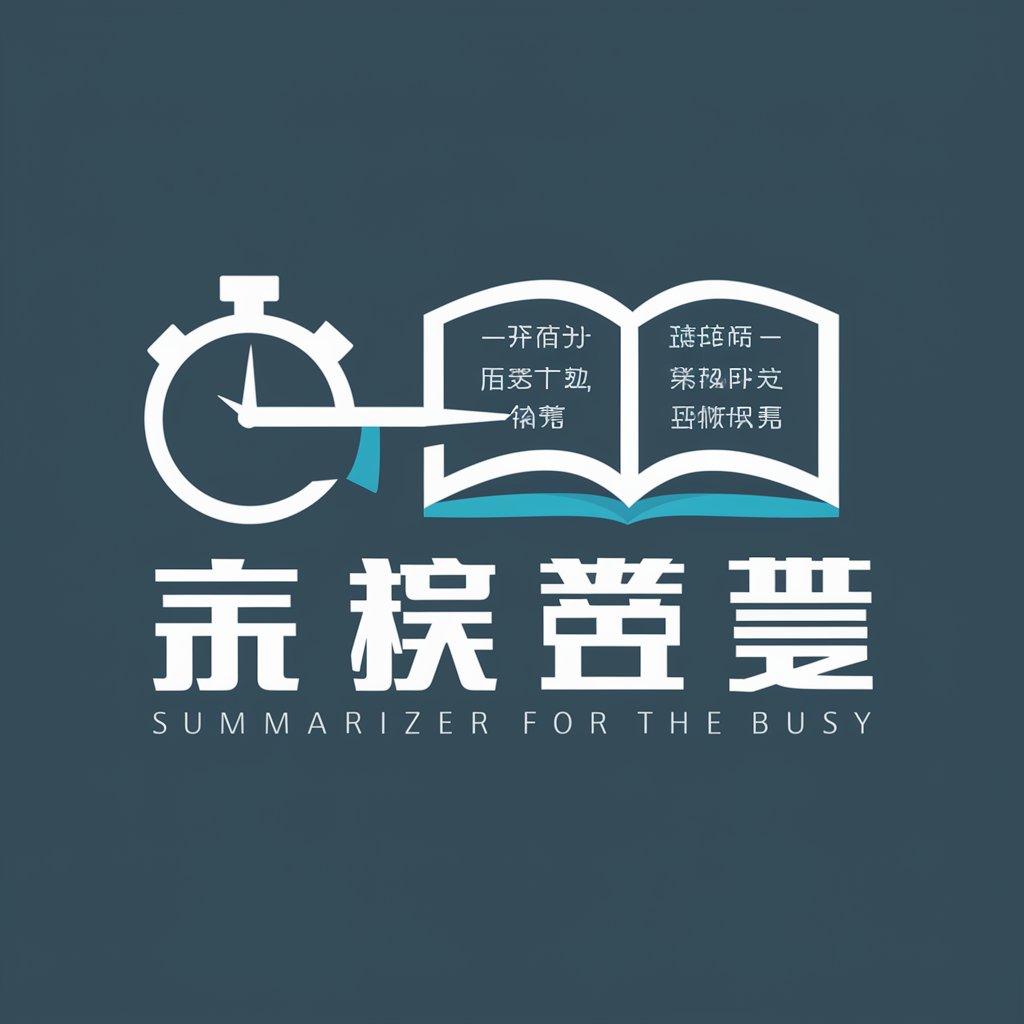
PRD Wizard
Empowering Product Visions with AI

Beta
Empower creativity and productivity with AI.

旗袍测评大师(Cheongsam Evaluation Master)
Revolutionizing Cheongsam Selection with AI

什么都懂一点的百科全书
Empowering Knowledge with AI

曦联小野 品牌营销顾问参谋
Elevate Your Brand with AI-Powered Marketing Insights

参考文献格式助手
AI-powered precision in GB/T 7714 formatting

文献猫
Unlocking the world of computer science research with AI.

今日の献立
Balanced Meals with AI

盘古碎片
Empowering innovation through AI-driven open-source discovery.
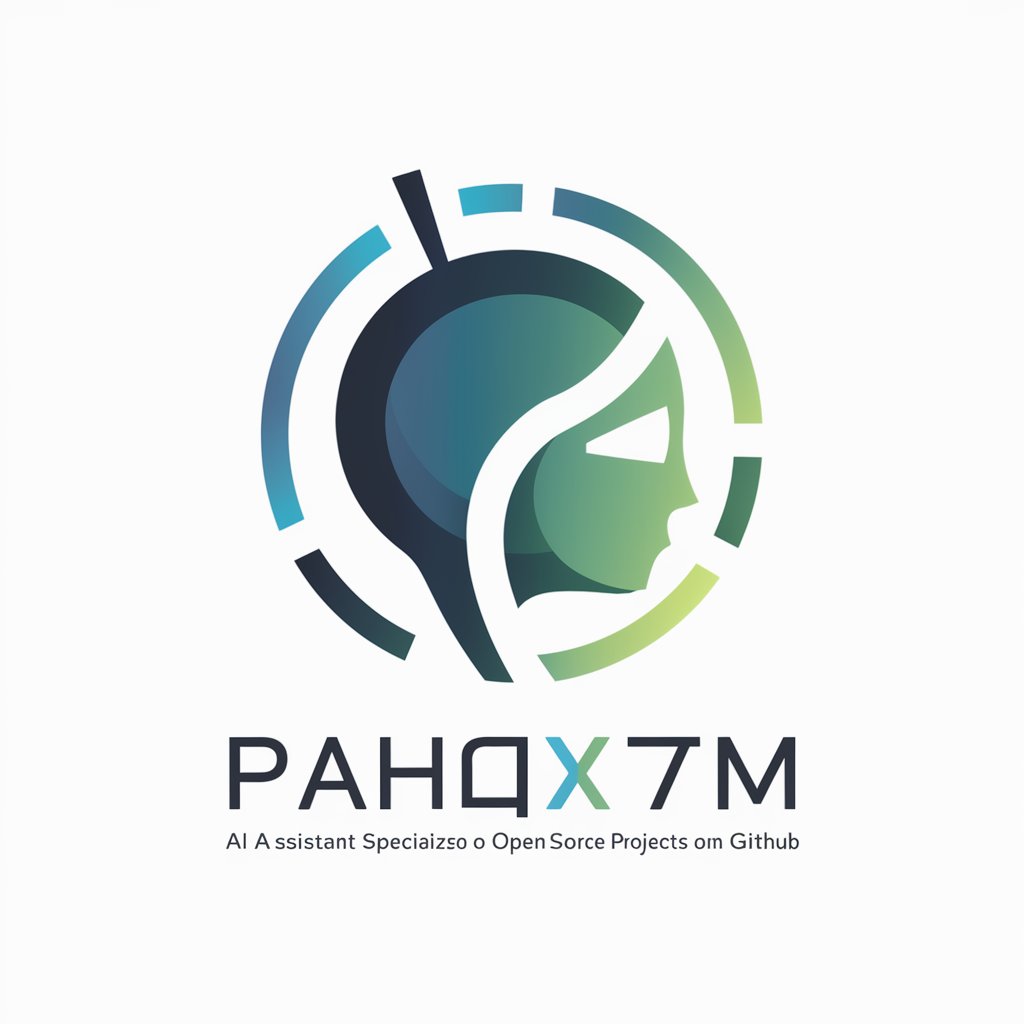
Neuronicx.com - 全球领衔的AI衍生服务平台
Empowering innovation with AI

Q&A about 参考文献格式转换
What does 参考文献格式转换 do?
It's a tool designed to convert reference formats specifically for the '地理研究' journal, offering translations and format adjustments as per the journal's requirements.
Can it handle references in languages other than Chinese?
Yes, while it's optimized for Chinese references, it can format English references with proper bracketing, without adding translations.
How does the tool handle translations?
For Chinese references, it searches Google Scholar for official English titles and journal names. If not found, it directly translates them, noting the method and translation source.
Is there a limit to the number of references I can convert?
There's no specific limit mentioned, but it's designed for efficient handling of multiple references to facilitate academic writing.
How accurate are the translations and format conversions?
The tool aims for high accuracy by using official sources and direct translations where necessary. However, users are advised to double-check the final output.
